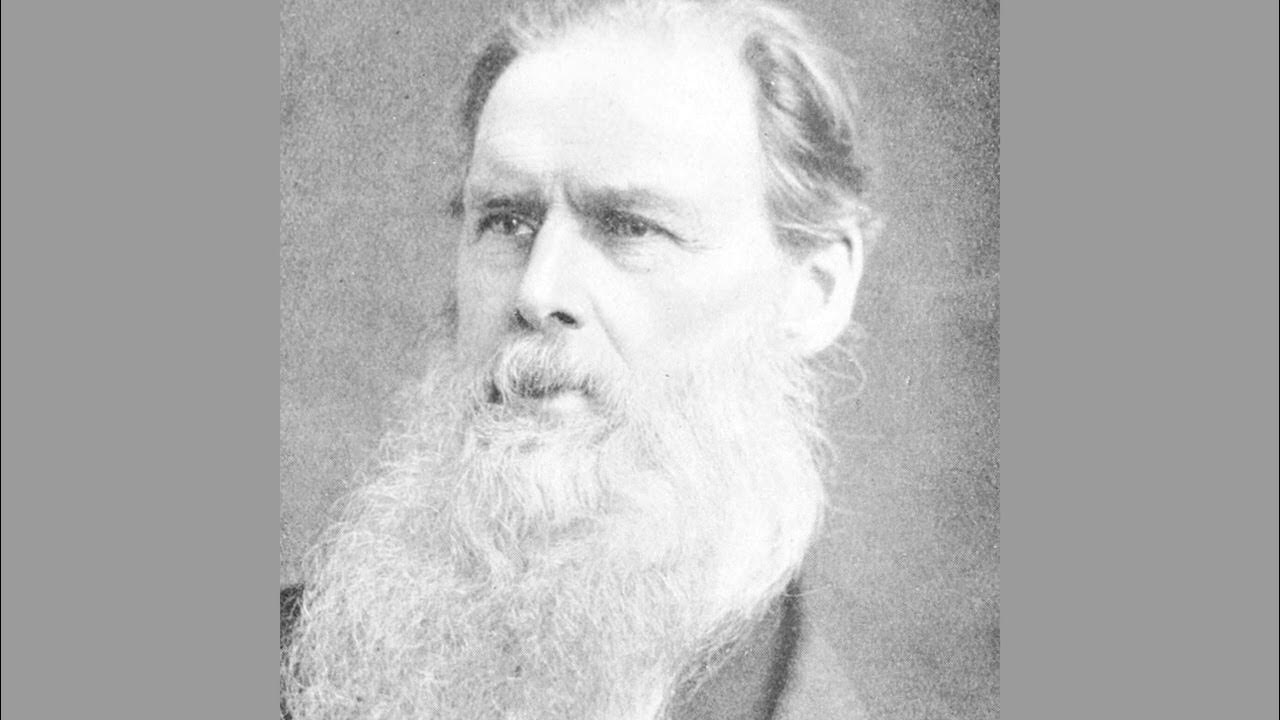UJAR PRODI ILMU KOMUNIKASI PENGANTAR ILMU ANTROPOLOGI PERTEMUAN 1 DEFINISI ANTROPOLOGI, RUANG LINGKU
Summary
TLDRThis educational video introduces anthropology as a key field of study, focusing on the evolution of human societies, physical traits, and culture. The speaker explains the definition of anthropology, its branches such as physical anthropology, linguistic anthropology, and cultural anthropology, and the various theories that guide the discipline. Students are encouraged to explore anthropology's significance in understanding human development and societal behavior. The session also highlights anthropology’s interdisciplinary nature and its connection to other fields, offering valuable insights into human diversity, history, and cultural practices.
Takeaways
- 😀 Anthropology is a branch of social sciences that studies human culture, physical traits, and societal behaviors.
- 😀 The subject of anthropology is relevant to communication studies as it helps understand the development of human societies and influences communication.
- 😀 Anthropology has two key aspects: the biological (physical traits) and cultural (social behaviors and practices) dimensions of humans.
- 😀 William A. Haviland and Kuncara Ningrat are key figures in defining anthropology, with their contributions shaping its core principles.
- 😀 Anthropology is a multidisciplinary field, studying human evolution, culture, language, and societal changes.
- 😀 The sub-disciplines of anthropology include Paleontology, Physical Anthropology, Ethnolinguistics, Cultural Anthropology, Prehistory, Ethnology, and others.
- 😀 Physical anthropology focuses on human biology, evolution, and the study of physical characteristics like skin color, body shape, and facial features.
- 😀 Cultural anthropology studies human culture through practices, traditions, language, and societal behaviors, offering insights into different cultural systems.
- 😀 Key anthropological theories include Evolutionary Theory, Historical Particularism, Functionalism, Structuralism, and Diffusionism, each offering unique perspectives on cultural development.
- 😀 Anthropology contributes to understanding human diversity, helping to bridge cultural gaps and enhance communication across different societies.
Q & A
What is the primary focus of anthropology as discussed in the transcript?
-Anthropology focuses on studying the culture of societies, especially the physical characteristics, customs, and cultures of different ethnic groups. It aims to understand human beings from both biological and cultural perspectives.
Who are some of the key figures in the development of anthropology mentioned in the transcript?
-Key figures mentioned include William A. Haviland, who founded the Anthropology Department at the University of Vermont, and Kuncara Ningrat, who established anthropology departments in Indonesian universities.
What does the term 'holistic' refer to in anthropology as described in the script?
-The term 'holistic' in anthropology refers to the approach that studies all aspects of humanity—both physical and cultural—across all time periods, treating them as interconnected and integral parts of human life.
What are the main branches of anthropology mentioned in the transcript?
-The main branches include physical anthropology, cultural anthropology, linguistic anthropology, archaeology, and ethnology.
What is the significance of physical anthropology in understanding human diversity?
-Physical anthropology studies the biological aspects of humans, including physical traits such as skin color, hair type, facial structure, and body proportions. It also examines human evolution and variation through fossils and primates.
How does linguistic anthropology contribute to the study of human culture?
-Linguistic anthropology examines how language shapes and reflects human culture. It explores the use of language, its role in communication, and how it varies among different ethnic groups and communities.
What is the focus of ethnography within cultural anthropology?
-Ethnography is the descriptive aspect of ethnology, focusing on gathering and presenting data about the customs, cultures, and daily life of a specific ethnic group in a particular region.
What role does anthropology play in understanding human evolution?
-Anthropology, particularly through paleoanthropology, investigates human evolution by studying fossils and other biological evidence to understand how human beings evolved over time and adapted to different environments.
What is the difference between synchronic and diachronic studies in anthropology?
-Synchronic studies in anthropology focus on understanding a culture at a specific point in time, while diachronic studies examine the development and changes in a culture over time.
What is the role of applied anthropology in society?
-Applied anthropology focuses on using anthropological knowledge to address real-world problems, such as improving health, education, or agricultural practices, and facilitating cultural change in specific communities.
Outlines

هذا القسم متوفر فقط للمشتركين. يرجى الترقية للوصول إلى هذه الميزة.
قم بالترقية الآنMindmap

هذا القسم متوفر فقط للمشتركين. يرجى الترقية للوصول إلى هذه الميزة.
قم بالترقية الآنKeywords

هذا القسم متوفر فقط للمشتركين. يرجى الترقية للوصول إلى هذه الميزة.
قم بالترقية الآنHighlights

هذا القسم متوفر فقط للمشتركين. يرجى الترقية للوصول إلى هذه الميزة.
قم بالترقية الآنTranscripts

هذا القسم متوفر فقط للمشتركين. يرجى الترقية للوصول إلى هذه الميزة.
قم بالترقية الآنتصفح المزيد من مقاطع الفيديو ذات الصلة

Introduction to Anthropology

Edward Burnett Tylor - Anthropology, An Introduction to the Study of Man and Civilization (1881)

What is Anthropology | Sociocultural | Linguistic & Biological Anthropology | What is Archaeology

Anthropote Ep0 : Une introduction à l'anthropologie

UCSP #1 Anthropology | Understanding Culture, Society, and Politics Module 1

What Is Political Anthropology? Political Behavior, Maintaining Social Order, Political Science
5.0 / 5 (0 votes)
